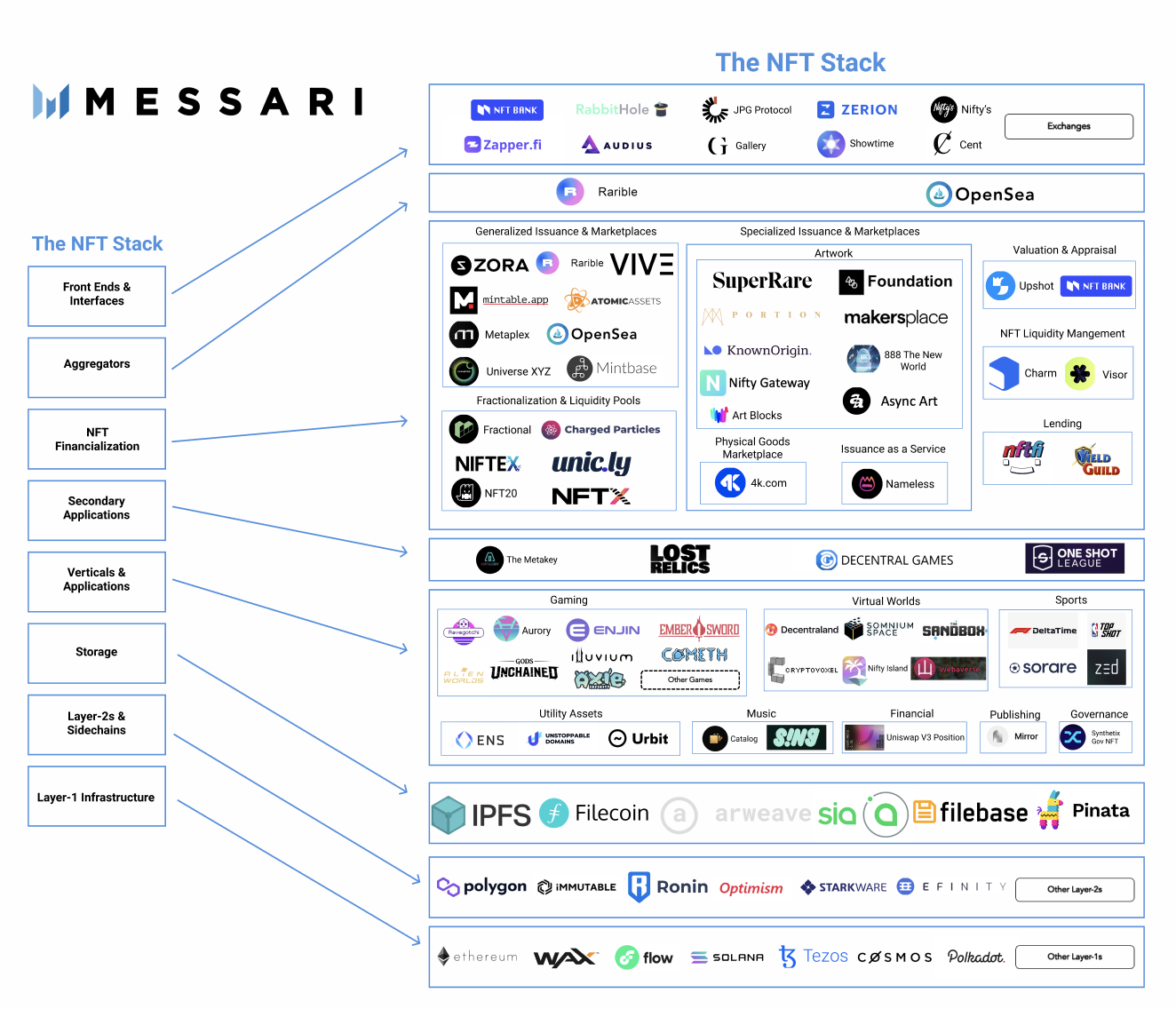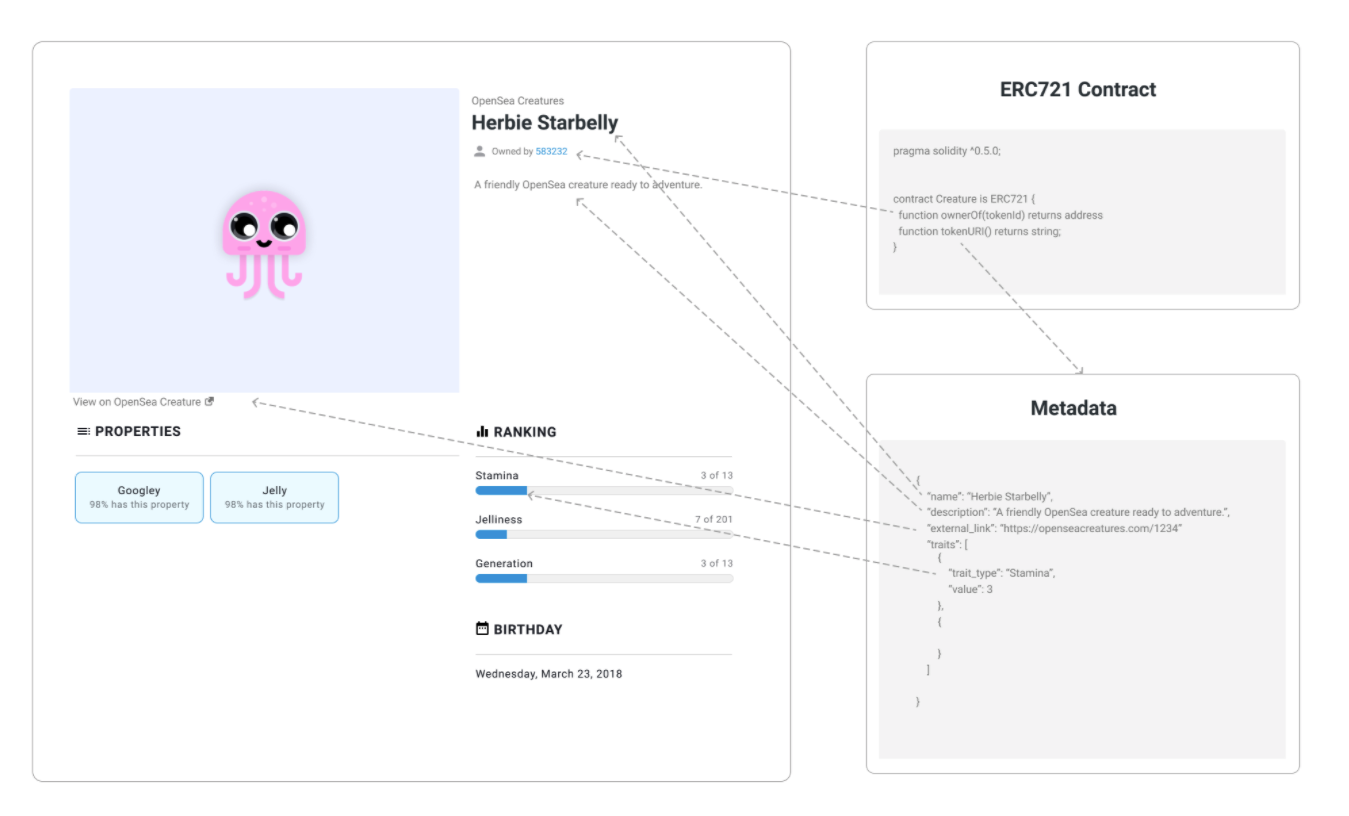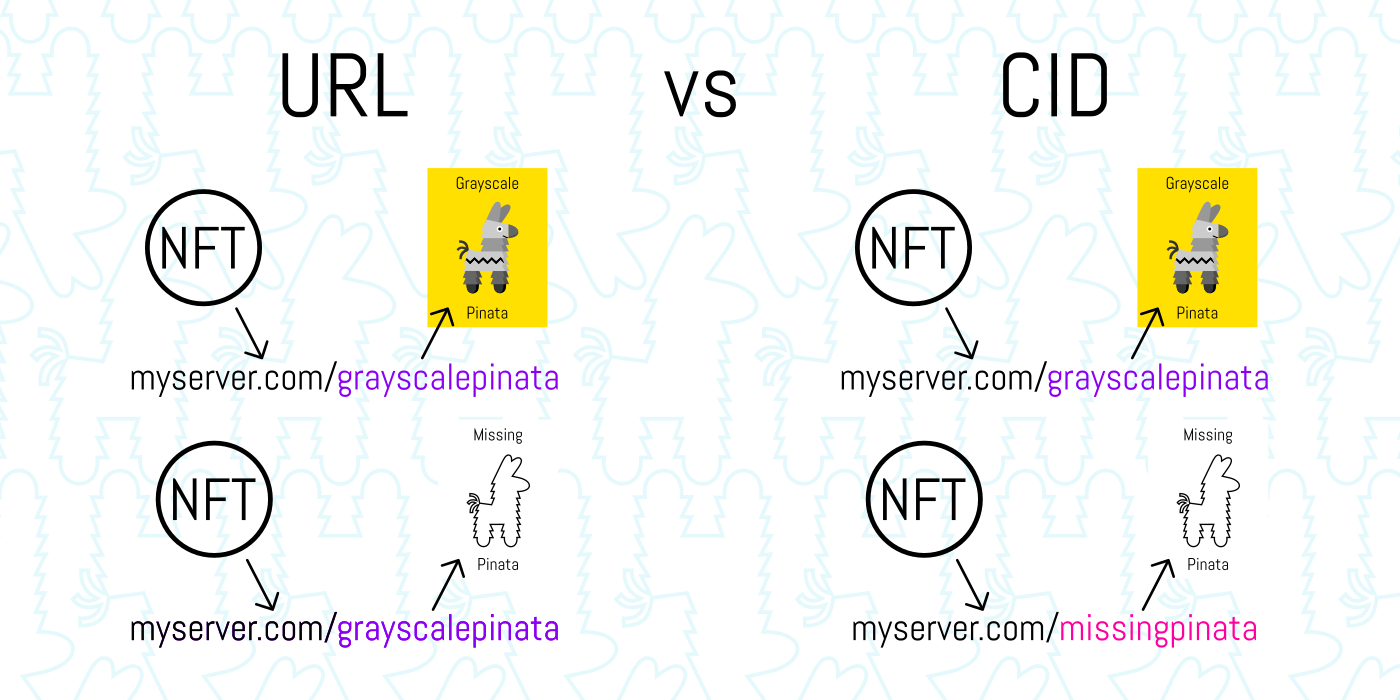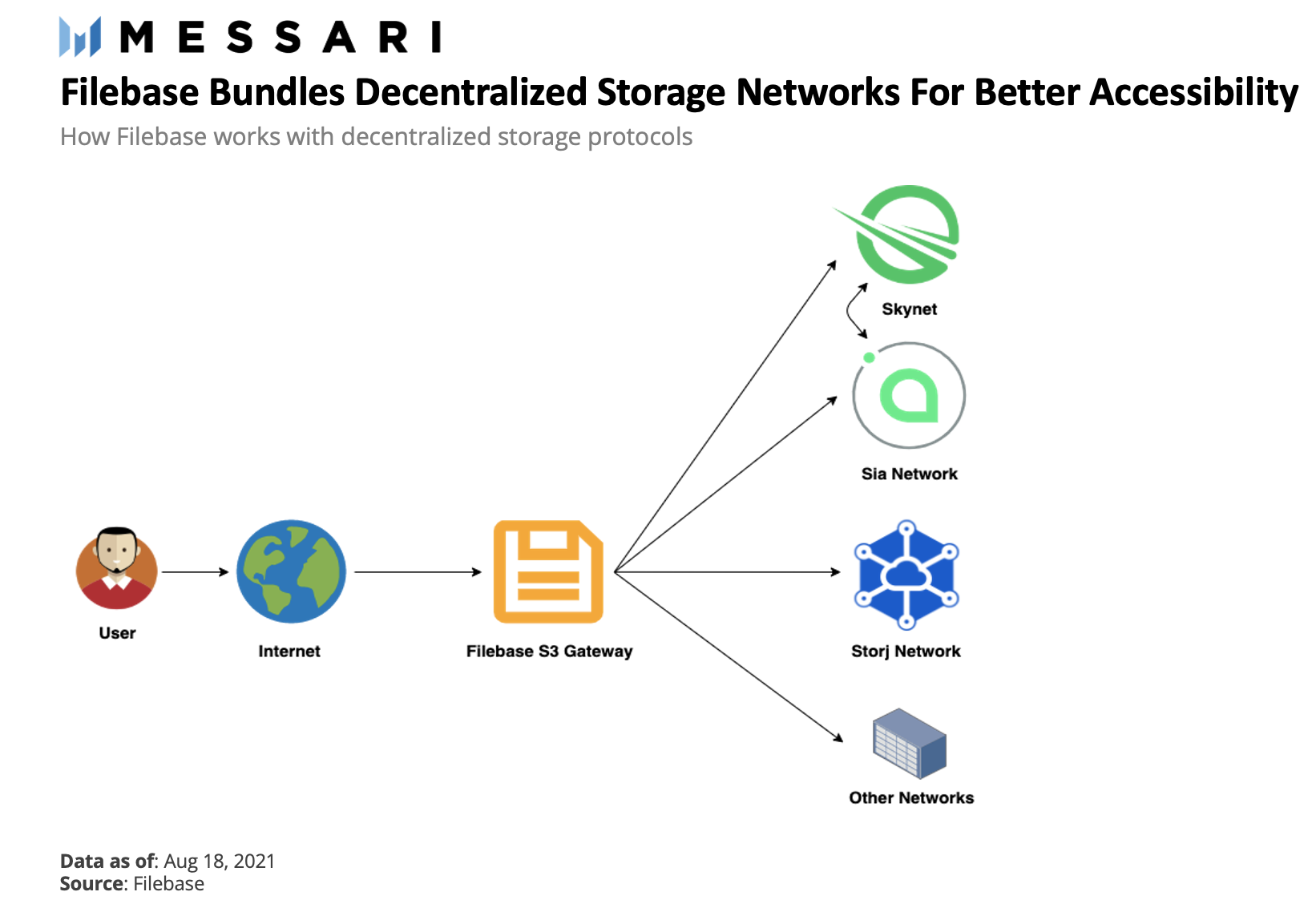Pro Research
“We kill people based on meta-data” – General Michael Hayden, Former Director of the CIA & NSA
Modern warfare has evolved from aiming mortars at enemy combatants using maps and protractors. The thought of drone striking an individual (even a terrorist) based on meta-data – data that describes info about a set of data – is unsettling, even downright terrifying.
The metadata of a phone call might be how someone calls, how long they chat for, or the phone number of the callers. It’s a reality-shattering testament to the power of data that the U.S government can obtain enough information about someone – not based on the content or words of a phone call, but on the data relating to that phone call – to order a drone strike.
But, I promise I wouldn’t interrupt your otherwise cheerful day with sadness-provoking day ruiners without having a more specific point to touch on (after all, I’m not Twobitidiot).
Instead of focusing on how our data is used and abused in the long term, I want to discuss the immediate importance of data and metadata in the context of non-fungible tokens. The rising importance of metadata and increasing prevalence and value of NFTs means that how we store NFT data and metadata is crucial.
When I initially wrote about the NFT stack I glazed over this crucial storage & data availability layer. So, I thought I’d rectify that mistake by expanding further on its importance.

Crash Course on The Importance of NFT Storage
Blockchains like Ethereum are great at replicating a small amount of data on hundreds (if not millions) of computers across the world, but they’re often limited in the amount of on-chain storage capacity. Because not every part of the NFT is suitable to be stored on-chain, NFTs often leverage other immutable storage solutions for their metadata.
When we talk about NFTs, the token can be broken down into a few core parts:
On-chain information:
- The NFT – on-chain representation of an ID (e.g. CryptoPunk #2517 or BAYC #1597) that has metadata associated with it.
- TokenURI – Unique resource identifier (URI) that points towards where the content of that NFT is stored. This can point to a website (URL), server, IPFS, or other decentralized data protocol.
Off-chain information
- NFT Metadata – information on a server or IPFS referenced to by the URI about the NFT like a description, name, attributes, images, and other data.
- Rich Data: The data associated with the NFT (e.g. actual image file) that is not minted on the blockchain and is instead stored elsewhere like AWS servers or on a decentralized file storage protocol because the files are too large.

Source: OpenSea
Many NFTs have a URL link that is referenced by the URI meaning that the NFT says “go to this URL/website and you’ll see the image your NFT represents”. However, the URL can be easily changed – essentially changing the asset associated with that NFT or removing the image associated with it completely. If the link or what’s connected to the URL can change, that’s a problem for your multi-million dollar piece of art, Cryptopunk, or any valuable NFT.
Interplanetary File System (IPFS) helps rectify this issue by creating a unique content identifier (CID) that assigns the metadata rather than the URL a unique identifier (hash).

Source: Pinata
The content identifier (CID) of the NFT can be used to retrieve the NFT’s data (images, videos, etc.) via the IPFS network, so long as a node on IPFS is storing the data. If at any point the data referenced by the CID is changed, then the NFT owner will be able to realize that the image has been tampered with.
However, nodes on IPFS aren’t naturally incentivized to store data and so if nobody (no node) is storing the data on the network, then the data can be lost. Specifically for IPFS, this is where decentralized protocols like Filecoin and companies like Pinata and Filebase step in to help users secure their NFT’s data on IPFS.
Decentralized Storage Solutions

Notably, Arweave, Filecoin, and Sia each use their own blockchains (or in Arweave’s case a blockweave) as the foundational layer for their decentralized data and app storage solutions. Each network possesses various tradeoffs but, generally speaking, focus on on-demand (Sia and Filecoin) vs long-term file storage (Arweave). Additionally, each network operates using different consensus mechanisms as well as how each network optimizes for the type of data that is stored.
As the developer tooling expands, developers of other platforms will have the opportunity to integrate these protocols. Mirror, an upcoming decentralized and user-owned publishing platform, hosts all user blogs on Arweave’s blockweave. Sia makes it simple to upload content to their hosting platform, and as a result, anyone can now read my original Web3 Manifesto on Sia’s Skynet. Every file uploaded to Skynet returns a unique content identifier called a Skylink, which is similar to the IPFS content ID we discussed earlier. While decentralized storage networks are still in their infancy, the continued growth is encouraging.
CeDeStor (Centralized Decentralized Storage) Providers
Just as centralized companies like Coinbase offer DeFi services from protocols like Maker, Compound, centralized companies are leveraging decentralized storage protocols. Individuals or developers can use services like Filebase or Pinata which essentially bundle the various decentralized storage protocols into more usable services.

Additionally, these CeDeStor companies like Filebase can provide enterprise desired services like S3 Compatible Object Storage and service-level agreements (SLAs) for enterprises that want to use IPFS or other storage layers but necessitate formal agreements.
Final Thoughts
Storage is a key layer of Web3 infrastructure and it will slowly eat away at the margins of existing internet infrastructure providers. As the future adoption of decentralized storage solutions continues, one key facilitator of growth may be CeDeStor firms – Web 2.5 companies that make using Web3 technology more usable, whether by providing clean interfaces, additional services, or bundling the various services into one. Even if these services – Skynet, IPFS, Arweave, Storj – get bundled together, the underlying technology will still be permissionless and more robust than the existing data storage systems of today (looking at you AWS).
As all digital assets inevitably move onto permissionless blockchains as NFTs or other tokens, how and where we store this valuable information becomes increasingly important. The data and metadata associated with NFTs and stored on these networks are an integral part of the value proposition of NFTs and therefore necessary to consider as an investor or user of non-fungible tokens. Just something to remember for when you buy your next animal-themed jpeg.
NFTS
WEB-3
SHARE
In This Article
Filecoin
FIL
$73.28
(-0.84%)
Arweave
AR
$46.12
(+20.85%)
Siacoin
SC
$0.0210
(-2.08%)
Storj
STORJ
$1.48
(+4.42%)














